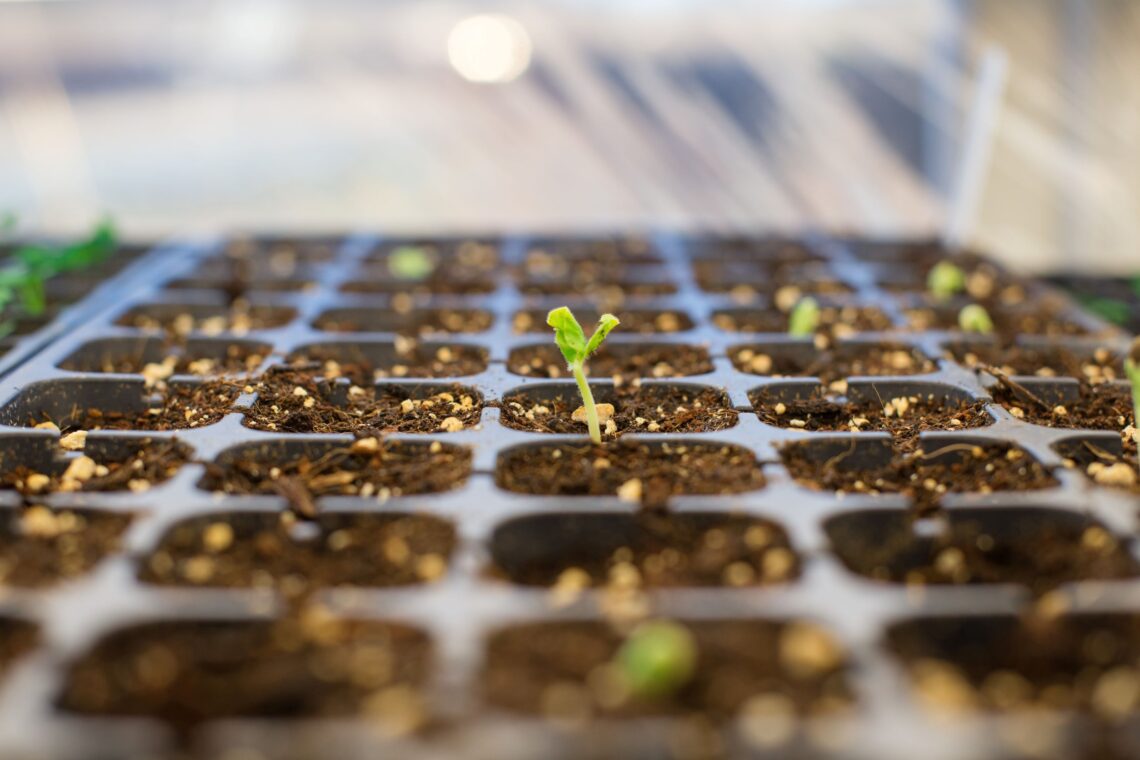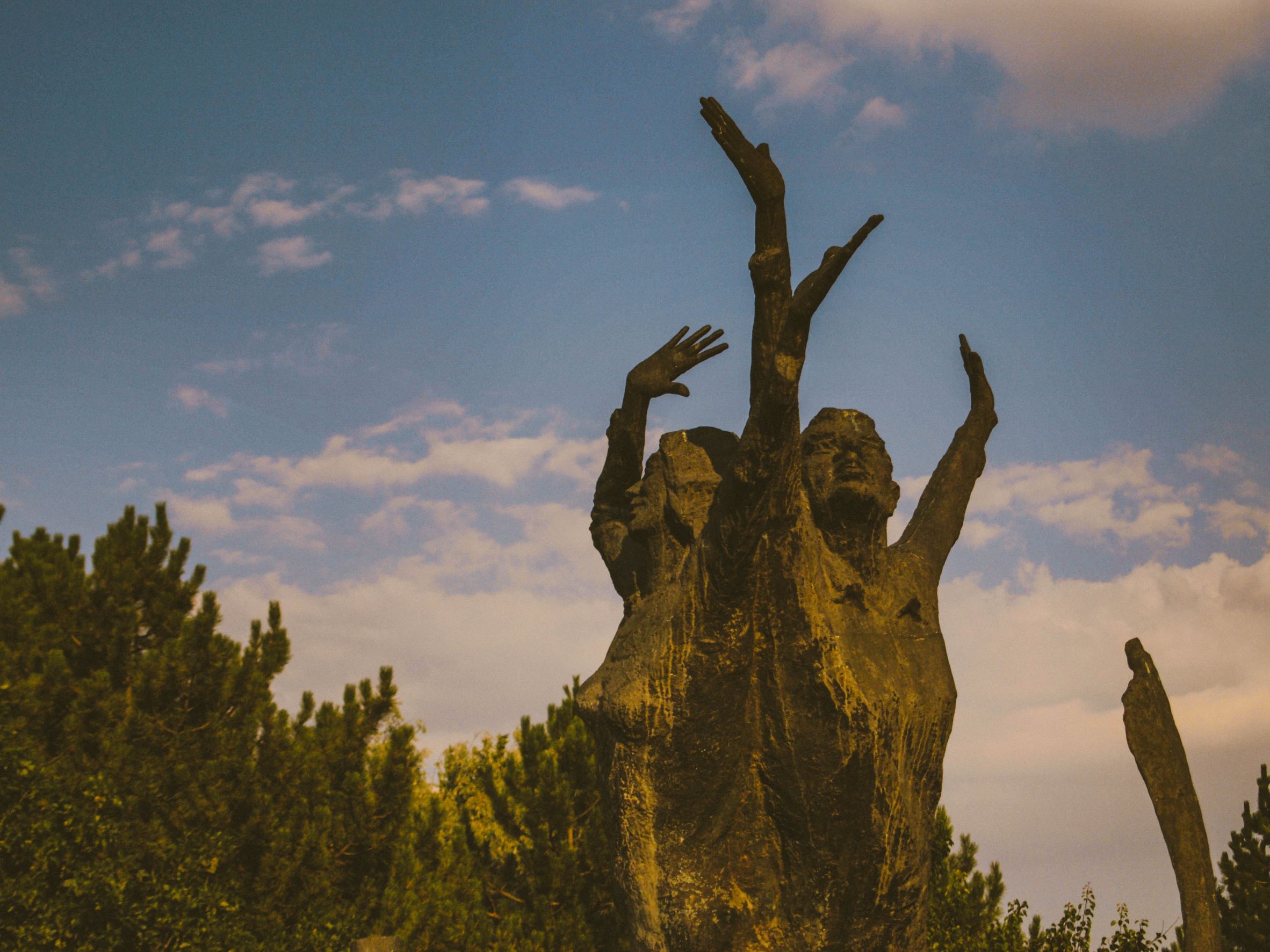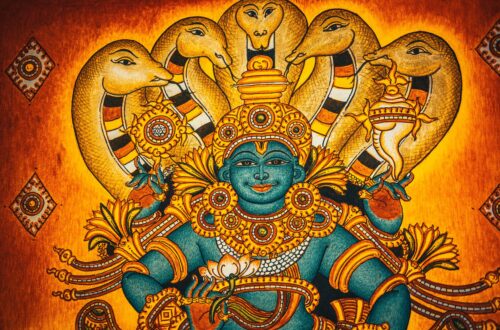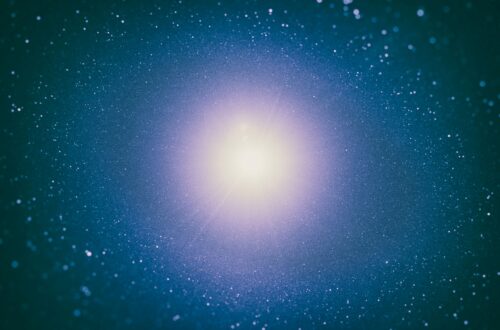
Evolutionary Magic IV: The Creation of Life
After the original Big Bang where the universe emerged itself out of nothing, the creation of life has to be the universe’s next most magical creation.
Brilliant Scientists Don’t Know How Life Began
Scientists are still puzzling over how a bunch of minerals was able to transform itself into a living cell. The greatest minds among us have tried in laboratories to create life from chemicals, but so far they haven’t been able to.
Are we now to believe that purely random chance, from the modern perspective, can accomplish something that thus far has eluded our most brilliant scientists? Perhaps the universe exhibits more intelligence and wisdom than humans give it credit for.
So, let me explain here just how magical this creation of life really is. In short, how did life emerge from non-life?
How Did Life Emerge From Non-Life?
The state of the Earth at its creation was anything but conducive to life. The early Earth was being bombarded continuously with meteors and small planetesimals, which are minute planets or bodies in Earth’s orbit that continually crash into the Earth, creating boiling temperatures.
In fact, it was one of these space objects, about the size of Mars, that crashed into the Earth dislodging a massive chunk of our planet’s crust and hurling it into space. This would become our moon.
At this time, the continents had not yet formed; the only land masses were large volcanoes spewing out harmful gases, giving the early Earth a reddish-brown haze. It looked nothing like the blue pearl it is today.
Tidal pools, where some scientists believe life originated, developed on some of these volcanic land masses. But how did life happen? The early Earth was not a pleasant place, yet a mere 700 million years later, a short amount of time in cosmic terms, life made its grand entry.
Some scientists think life might have emerged out of a body of water—a sea—suggesting that perhaps lightning, very abundant on the early Earth and a lot more powerful than today’s lightning bolts, could have struck this sea, triggering a reaction that may have led to the creation of complex molecules and, ultimately, to life.
The Miller-Urey Experiment
In 1952, this hypothesis was tested in the famous Miller-Urey Experiment. Urey was a graduate student and Miller was his advisor. Together they simulated a version of Earth’s early atmosphere comprised of methane, hydrogen, and ammonia. To simulate early lightning, they used an electrode to send shocks through the chemical mixture.
They performed this experiment several times, giving each subsequent experiment more time. The final experiment lasted seven days. What they found was astounding! They produced a reddish-brown sludge that contained several of the twenty essential amino acids—the complex molecules critical for building the proteins vital for life.
Others repeated the Miller-Urey Experiment, altering things here and there, and eventually created all twenty of the amino acids. Amino acids are one of the four groups of complex molecules necessary for life, but which alone are not yet life.
The other three are the nucleotides (the basic building blocks of the nucleic acids of RNA and DNA); carbohydrates (sugars); and lipids (fats).
Their results set the world on fire. The creation of life in a test tube seemed just around the corner, and the media was having a field day. But once the excitement settled down, problems appeared.
Problems With the Miller-Urey Experiment
Professor David Christian, in his book, Maps of Time: An Introduction to Big History, points out that some scientists, including geochemists studying the make-up of ancient rocks, suggested that Miller and Urey may have had the composition of the early atmosphere all wrong after all, believing it was not reactive enough to create any amino acids, and theorizing that it was mostly nitrogen and carbon dioxide.
Also, while it was an accomplishment to form amino acids in a test tube, it was still a long way off from stringing an average of 200 to 250 amino acids together in the exact sequence required to generate a specific protein.
Creating a Protein is No Easy Matter
In A Short History of Nearly Everything, Bill Bryson examines the likelihood of this occurring on its own. He looks at collagen, which is a protein with a precise sequence of 1,055 amino acids, likening it to a slot machine with 1,055 spinning wheels with each wheel having 20 possible choices to represent the 20 different amino acids.
You have a 1-in-20 chance that the correct amino acid will pop up on each spin, and if you get lucky the first time, well then, you only have to do it 1,054 more times consecutively to create collagen.
Granted, most amino acid chains are shorter—only 200 to 250 amino acids long—but think of a slot machine with 200 to 250 wheels with 20 possibilities on each wheel. What are the chances that the specific amino acid will show up on each those spinning wheels? How could such precision happen randomly, spontaneously?
Bryson leaves the answer to what he calls “the mystery of life,” and we will agree with him. Life is a mystery and a miracle.
The Need to Change the Paradigm
Again, we may want to change our paradigm and think about the creation of life in terms of intelligent intention. The universe has made it through so many impossible crises. There are just too many coincidences and fine tunings to continue to believe it all could have happened accidentally.
The creation of life had to be in the universe’s deck of cards from the beginning. How else to explain it? As physicist Freeman Dyson said,
“The more I examine the universe and the details of its architecture, the more evidence I find that the universe in some sense must have known we were coming.”
To learn more about the magic of the universe: Click this link: The Magical Universe.
Also you can visit my website and sign up for my email list: https://www.bruce-mcgraw.com/
Photo by Zoe Schaeffer on Unsplash




